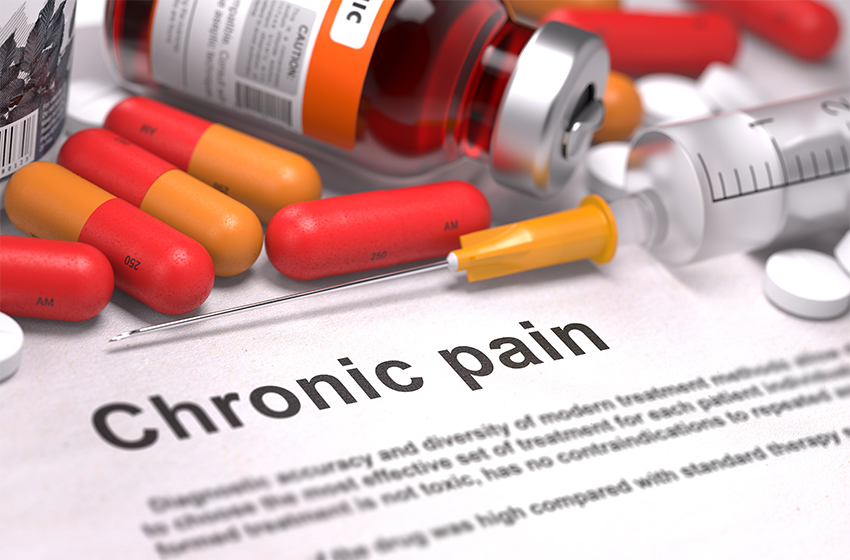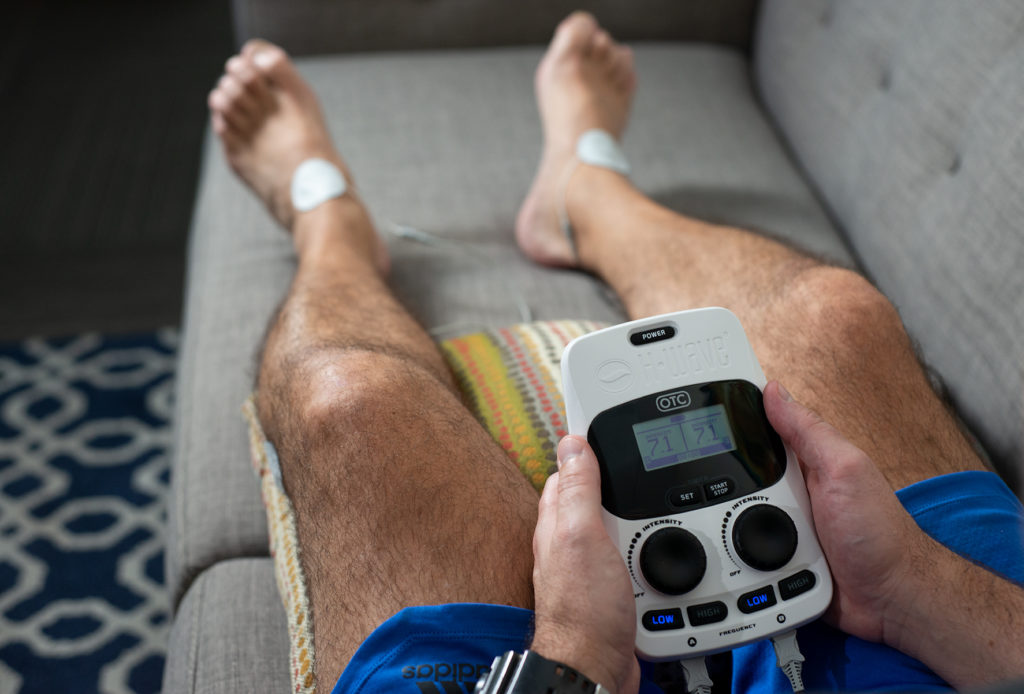Effective Alternatives Exist Today: Opioid Utilization, Chronic Pain, and COVID-19
The CDC estimates 20.4% of adults in the US experience chronic pain daily, with 19.6 million adults experiencing chronic pain that interferes with daily life and/or work activities. This percentage increases to 44% for postcombat military veterans. The cost of pain is estimated at $560 to $635 billion annually in the US.

So how is COVID-19 impacting those struggling with daily pain? The American Medical Association recently reported, “as the COVID-19 pandemic continues, so does the opioid epidemic.” Over 35 states are now seeing increases in opioid-related deaths.
The American Society of Regional Anesthesia and Pain Medicine report chronic pain patients may be more susceptible to COVID-19 as long-term opioid use may cause immune suppression. Opioid use can also result in respiratory depression by decreasing sensitivity of peripheral chemoreceptors to carbon dioxide, thus decreasing activity in the central respiratory system. One thing is clear:
COVID-19 and opiates may be a dangerous combination.
However, an effective alternative treatment for chronic pain exists and has benefited hundreds of thousands of patients over the past 30+ years.
H-Wave is listed in the Official Disability Guidelines (ODG) as an alternative for consideration when treating chronic pain. ODG is the most widely used guideline in the workers’ compensation industry today. This tool helps employers and carriers determine if the treatment requested is reasonable and necessary to address symptoms of a chronic condition or injury.
Peer-reviewed, published studies have shown that 79% of H-Wave users reported functional improvement making it possible to return to activities such as walking, lifting items, and sleeping. Additionally, 78% of users reported significant pain reduction, and 65% reduced or eliminated pain medication usage.
So how does H-Wave work to produce such optimal outcomes? By inducing non-fatiguing muscle contractions, the device flushes out the waste and congestion that are often the root cause of pain. Additionally, nourishment is delivered by creating increased blood flow and the promotion of new blood vessels in the impacted region. The H-Wave’s secondary setting for treating pain is so effective that the FDA cleared this technology for use as electronic dental anesthesia.

Unlike opioids or invasive treatments, H-Wave can be obtained for a fraction of the long-terms costs, thus providing a much greater return on investment. H-Wave helps injured workers recover, and employers and carriers’ close claims, all for a static and predictable fee.
During this time when access to medical care and/or treatments may be limited, H-Wave can effectively manage chronic pain without harmful side-effects, establishing a safe and drug-free alternative to opioids, available 24/7 to patients at home.
You may also like: